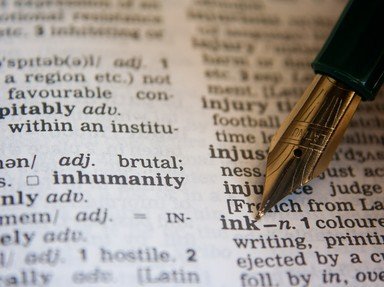
Omega Trivia Quiz
Mega and micro words
The Greek letter omega means "great o", while the letter omicron means "small o", which distinguishes their pronunciation in ancient Greek. In this quiz, classify the words that start either with mega or with micro, as per their definition.
A classification quiz
by tiye.
Estimated time: 3 mins.